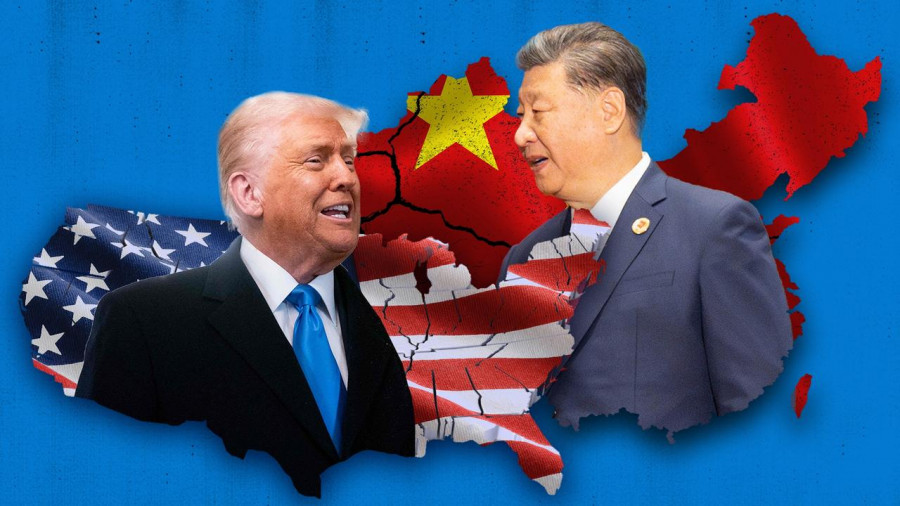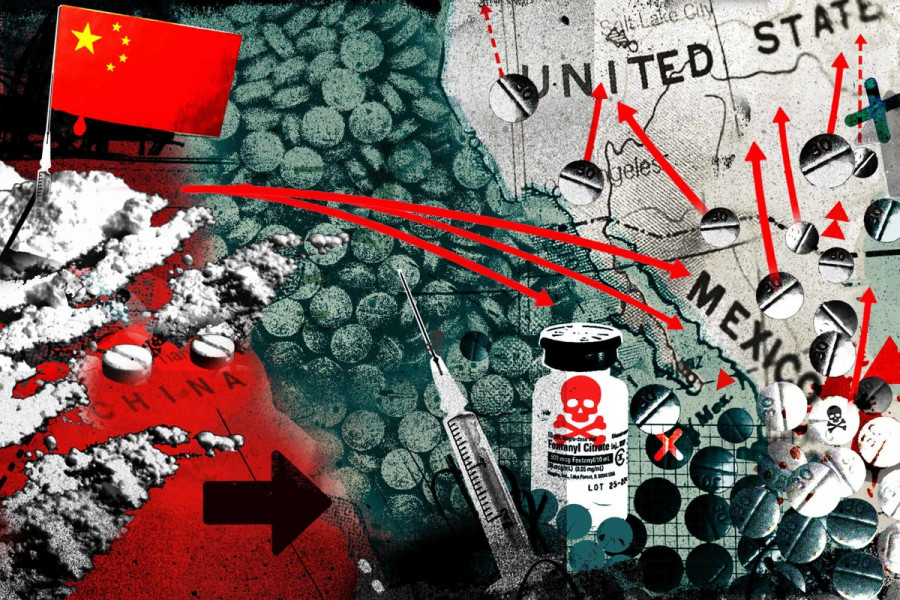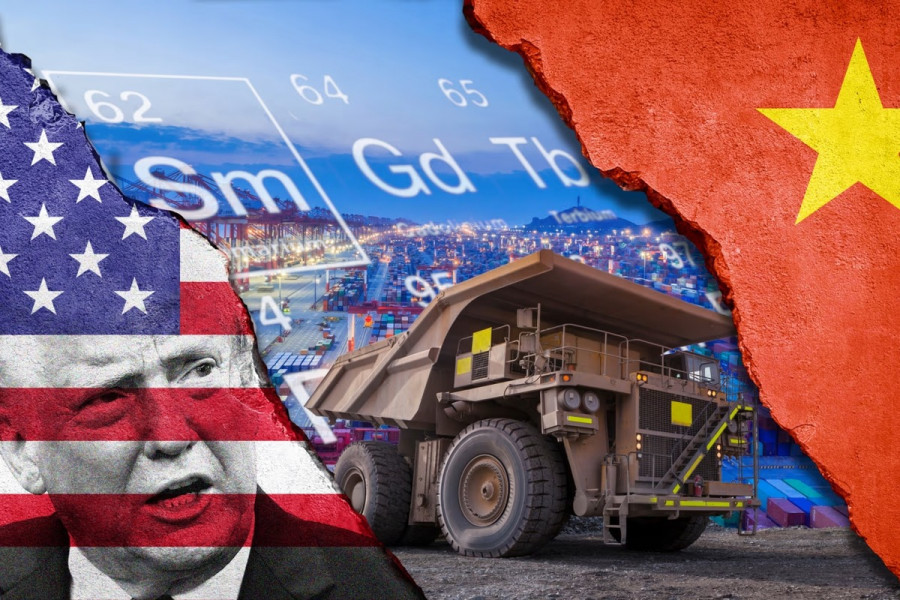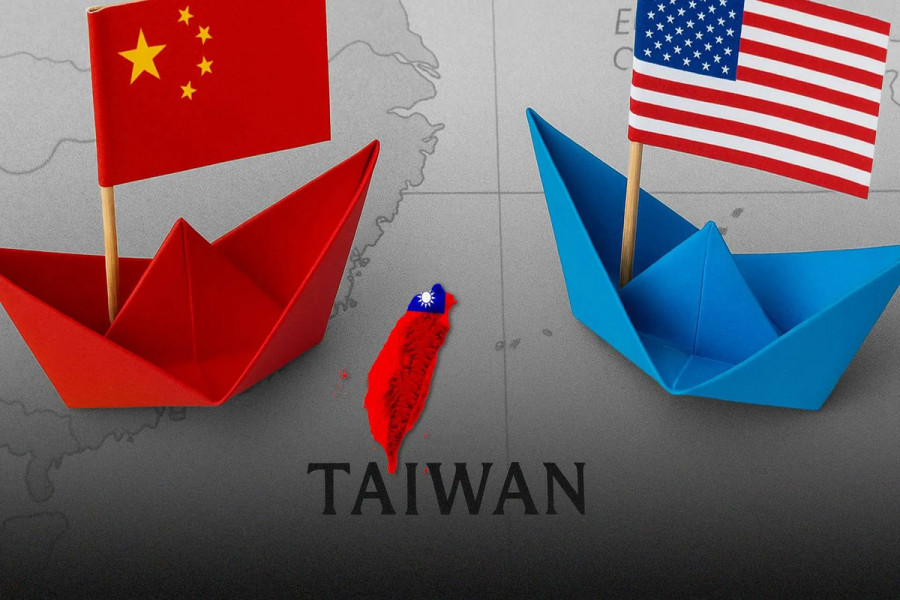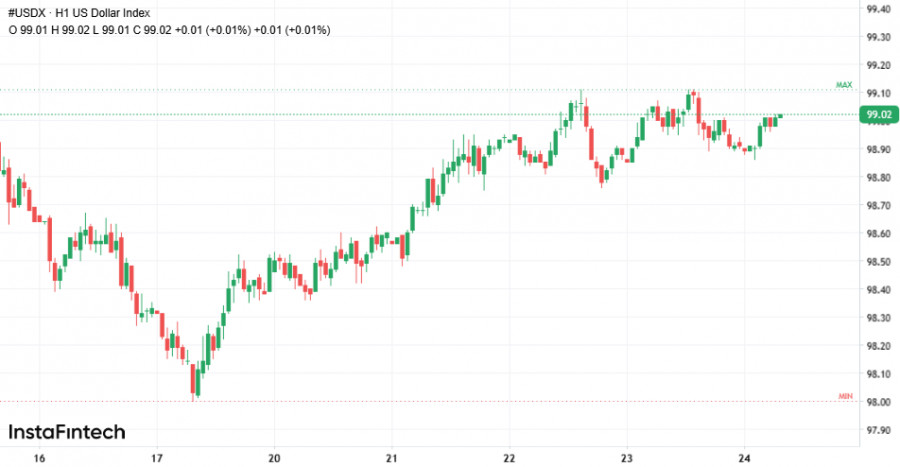The US Dollar Index gained 0.37% over the week, reaching 98.92—investors are cautiously placing bets on the prospects of the American currency. The reason is simple: next week, Donald Trump will meet with Xi Jinping in South Korea, and this meeting has the potential to change the trajectory of the trade war between the US and China. Expectations are mixed: some hope for a ceasefire, while others see the risk of further escalation. The question is what result the summit will yield and how it will affect the markets. Let's break it down.
Trump is aiming for a quick victory. What is he ready to use to achieve it?
Ahead of the summit, the US president describes the task as simply as possible: he wants a "quick victory." For Trump, this means extending the pause on tariff hikes in exchange for specific actions from Beijing—resuming soybean purchases, taking tough measures against fentanyl, and lifting restrictions on rare earth element exports.
At the same time, he openly states that he does not intend to remove all trade barriers and is ready to keep the restrictions he deems necessary. "I think we will agree on everything," he said to the press on Thursday, displaying the kind of confidence that's good for media effect.
The paradox is that Trump's ambitions go far beyond narrow economic issues: he openly expresses a desire to achieve difficult agreements on nuclear weapons and to get Xi Jinping to apply pressure on Vladimir Putin to end the invasion of Ukraine.
In his calculations, Trump sees this as a chance to bolster his image as a peacemaker—a persona that, in his opinion, could play to his advantage following international events, including the ceasefire between Israel and Hamas. For him, this is not just a trade meeting, but a platform for political marketing.
However, his tendency to make decisions on the fly and his desire to bring home a result by next Thursday—along with Trump's usual style, where speed takes precedence over depth—raises the risk that the outcome will not be a comprehensive settlement but rather just a temporary de-escalation.
What the markets expecting and why analysts are maintaining pessimism
Financial players and economists are approaching the summit with cautious realism rather than optimism. Joseph Capurso from the Commonwealth Bank of Australia succinctly states his expectations: the best outcome to hope for is another trade truce.
His words: "In our view, the best outcome will be another trade truce... Our expectations for a positive outcome from the meeting are low. We believe market expectations are also modest, which implies only a moderate reaction from currencies next week," reflect the healthy dose of skepticism from markets that have become accustomed to promises and bold statements not always leading to structural changes.
Henrietta Levin, former White House advisor on China, agrees: both sides want stability, but, according to her, "China holds the cards." This is not just a figure of speech: China indeed possesses a range of tools to exert influence—from control over materials critical to technology to access to large markets.
For markets, it's not the grand rhetoric that matters but rather the balance of real market power and political will. If expectations remain low, volatility will likely stay within moderate levels, and currency reactions will be restrained.
Moreover, market dynamics are affected by timing: the current tariff agreement expires in November
The timing of the meeting also plays a role in market dynamics: the current tariff agreement expires in November. This adds urgency, while simultaneously leaving room for tactical moves, such as temporary delays.
Markets have already partially priced in the possibility of "pauses" and "ceasefires," so for a significant positive shock, it will take not just a statement, but specific mechanisms and commitments with real deadlines and volumes.
Finally, market participants are also watching the public rhetoric of both sides. If the summit is accompanied by a demonstration of compromise, where each side can save face and present it as an achievement, financial indicators will react positively.
However, if the talks devolve into mutual accusations and "polite indifference," safe-haven assets like the yen, franc, and gold will receive support, not due to confidence in a long-term resolution of the contradictions, but from a flight to safety.
Strategic mismatch: rare earth elements, semiconductors, and China's long-term strategy
One of the central areas of negotiation is technology and key resources, especially rare earth elements. For Trump, this is a separate line of pressure: lifting export restrictions on these materials could ease access to components for smartphones, semiconductors, and defense systems.
With his transactional approach, everything looks simple: you give, we give. The problem, however, is that Beijing does not view rare earth elements as just a commodity, but as a strategic advantage. For China, control over these resources is part of a long-term national strategy, and it will not back down without compensation.
Sun Chenghao, a researcher at the Center for International Security and Strategy at Tsinghua University, puts it bluntly: "China's levers of influence are not 'simple bargaining chips,'" and this is what makes a simple barter exchange for some temporary concessions from the US impossible.
The analyst points out that changing this policy would require significant concessions from the US, likely involving the removal of American technology sanctions—a politically unacceptable step for Washington.
Amid these contradictions, Washington is also working in a different direction, considering tightening export restrictions on equipment containing American software. This means that a potential compromise on rare earth elements is not only unclear but complicated by additional technological restrictions from the US, which could hurt sales of computers, engines, and other goods.
In other words, both sides are preparing carefully calculated moves, but their logic is different: one is focused on a quick result, while the other aims for a systemic advantage.
The implications for markets and supply chains are clear: any changes in export policy in this area will impact the cost of technology production worldwide, profit expectations for relevant companies, and long-term supply chains.
In this situation, the trade meeting in South Korea is unlikely to resolve the issue; instead, it will likely serve as a point where the sides refine the boundaries of what is possible and outline red lines, while markets will respond cautiously.
Taiwan as a constant risk factor in any trade deal
Taiwan is a topic that goes beyond traditional trade logic and falls into the realm of national security and foreign policy doctrine.
China has officially asked the White House to declare that the US "opposes" Taiwan's independence, and according to Trump, the island issue will likely be discussed. This adds an element to the negotiation process that is difficult to formalize in the form of commercial commitments.
Patricia Kim from the Brookings Institution recalls that Trump "does not adhere to conventional views on Taiwan and has been notably more restrained in his support for Taiwan, especially compared to his predecessors."
This restraint may appear to Beijing as room for maneuver: if Trump is willing to show flexibility on this issue, China might perceive it as a chance to secure concessions in exchange for other actions. This is why Taiwan could potentially become that "bargaining chip" that raises concerns among American hawks and US allies in the region.
However, concessions on such issues are politically painful for the American leadership and could provoke internal conflicts in Washington, where national security concerns and strategic ambiguity regarding Taiwan remain highly sensitive.
Therefore, even if the topic is discussed, it is unlikely to result in widespread concessions that could be quickly incorporated into agreements; it is much more likely that the sides will outline their positions and perhaps agree on declaratory formulations that do not touch on strategic guarantees.
Escalation before the negotiations: sanctions, tariffs, and unexpected trade issues
The past few weeks have shown that the confrontation hasn't cooled down ahead of the summit; on the contrary, it has escalated. Each side accuses the other: the US sees new Chinese export restrictions as the cause of the escalation, while Beijing claims that Washington has broken its promises by expanding sanctions and adding subsidiaries to the blacklist.
These accusations quickly escalated into retaliatory measures: China imposed sanctions on American subsidiaries of the South Korean shipping giant Hanwha Ocean Co., and in response, Trump raised the idea of introducing additional 100% tariffs on Chinese goods by November 1—a threat that sends a chill through the markets.
Unusual trade topics have also made it to the agenda: import restrictions on used vegetable oil from China are being discussed—an example of how trade policy can infiltrate unexpected segments and create risks for various industries.
All of this is not just diplomatic rhetoric: tariffs and sanctions are already impacting real economic factors. In the US, tariff hikes have led to higher consumer goods prices, while in China, restrictions have disrupted access to the largest export market.
Interestingly, Trump himself hinted that he doesn't consider the current tariff threat regime sustainable. At the same time, hardline advocates in Washington believe that the US still holds significant leverage, as Steve Yates from the Heritage Foundation points out, China needs the US market more than the US needs the Chinese market.
This claim is not just a political argument but an analytical clue for markets: the balance of interdependence is key to understanding who will ultimately give way first.
Trump's Asian tour and unfinished deals with allies
Inadvertently, the summit with Xi is being perceived as the culmination of a broader Asian tour by Trump, during which he seeks to strengthen his positions and mobilize allies ahead of the main dialogue.
The trip includes Malaysia, where a bilateral meeting with Prime Minister Anwar Ibrahim and a dinner with ASEAN leaders are planned; Japan, where talks with the new Prime Minister, Sanae Takachi, are expected; and South Korea, where a meeting with President Lee Jae-myung, a keynote speech at the APEC leaders' luncheon, and a working dinner with other leaders are scheduled. These are not just diplomatic stops but an attempt to reinforce positions and demonstrate that the US has alliances and tools of influence.
At the same time, many important bilateral deals remain unfinished. Trade negotiations with South Korea, India, and Brazil are "hanging by a thread," the terms of a $550 billion investment fund that Japan set up to reduce tariff barriers are yet to be finalized, and the conclusion of investment framework talks is unclear. South Korea's promise to invest $350 billion in the US has not been signed off in its final form. Similarly, negotiations with Vietnam, Indonesia, and the Philippines seem to be going forward with caution—sources indicate that no signings are expected.
Japanese analyst William Chou offers practically applied advice: if the US's goal is to strike an effective deal with Beijing, it should "strengthen its levers of influence as much as possible." This is precisely what Trump is doing on his tour: demonstrating international support and trying to gather economic and political arguments ahead of his meeting with the Chinese leader.
However, the outcome of this strategy will only be clear after the summit—whether it leads to a demonstration of strength through steps that increase the chances of a compromise, or whether it becomes clear that the issue remains unresolved.
Conclusion: a ceasefire as the best practical outcome and what it means for the markets
Thus, the meeting in South Korea seems less like a potential conclusion to global rivalry and more like a new round of negotiations, where the goal for both sides will primarily be to reduce the intensity of the confrontation.
Trump is seeking an immediate, palatable victory, while Xi Jinping is acting from a position of long-term calculation, where strategic advantages, such as dominance in rare earth elements, are not given up without significant concessions.
Taiwan remains a dangerous point, where the slightest misstep could spoil everything, and the list of mutual sanctions and threats shows that escalation is possible even without major positive news.
For the markets, the best realistic outcome is a ceasefire: a pause in tariff hikes, declaratory agreements on purchases, and commitments that don't touch on the core of the strategic disagreements.
Such an outcome would lead to moderate relief in currencies and a reduction in short-term volatility but would not remove the systemic uncertainty that requires long-term and deep agreements.
The worst scenario for investors would be renewed escalation: in that case, volatility would increase, consumer prices would continue to rise, and confidence in the stability of global supply chains would be further shaken.





